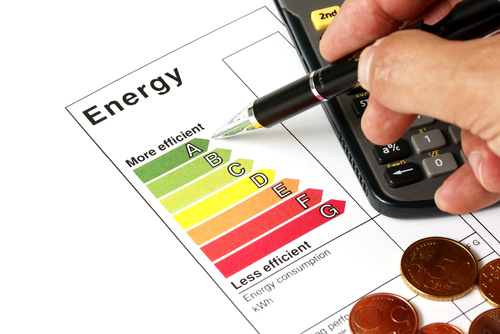More and more dangerous properties are putting tenants at risk, according to the Association of Independent Inventory Clerks (AIIC).
Reading landlord Ravinder Singh Takhar, 57, is one of the most recent to be prosecuted under the Housing Act and Local Government Act for failing to comply with regulations in respect of managing HMOs and failing to provide information in respect of a property. He was fined £12,000.
The AIIC says the most common dangers found in properties are severe damp and mould; bare wiring; broken windows; dilapidated sheds; overgrown gardens with concealed barbed wire, broken glass and holes in the ground; large wardrobes and cupboards not securely fixed to the wall; unserviced and faulty boilers; damaged and leaning brick walls; no keys for window locks; and no smoke alarms fitted.
Pat Barber, chair of the AIIC said: “It is an unfortunate truth in the UK, many disadvantaged tenants are put in danger by unscrupulous landlords who exploit their vulnerability. Some of these tenants have to live in properties, full of dangerous hazards which put their safety at risk. We have seen no end of dangerous hazards in a range of properties including faulty gas boilers and fires; excessive mould throughout the property; exposed electric wiring; gardens littered with rusty car parts and other metal items; and faulty fire alarms.
“In one recent property, during an end of tenancy check out inspection, the inventory clerk discovered a completely overgrown garden pond which was so hidden, she almost fell into it. The garden shed was so dilapidated that it leant at an alarming angle and could have collapsed at any time. It was impossible to open the door to reach any gardening equipment and also posed a serious safety hazard to the tenants.
“Many families and young children are at risk from negligent landlords, all of whom have a ‘duty of care’ and as such, should be making regular visits to properties – every three months – to check health and safety.”
















Comments
I quote from above......."In one recent property, during an end of tenancy check out inspection, the inventory clerk discovered a completely overgrown garden pond which was so hidden, she almost fell into it......"
But what was it like at the beginning of the tenancy when the "check-in" inspection was done - presumably by the same inventory clerk/company???? How long was the tenancy??? Was the property inspected at 3 or 6 monthly intervals by the agents??
Depending on the answer to the above 3 questions - a large part of the responsibility for this is down to the tenants, not the landlord.
That does not negate the fact that some landlords are unscrupulous and need the book throwing at them, as indicated in this posting